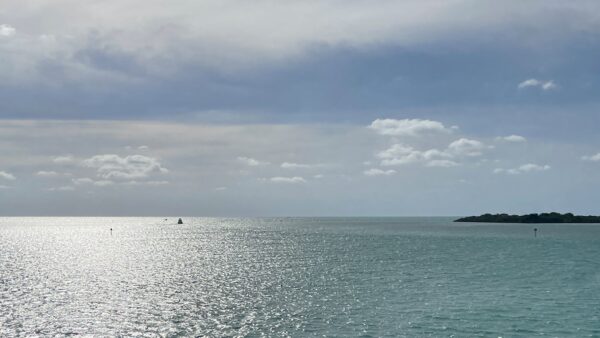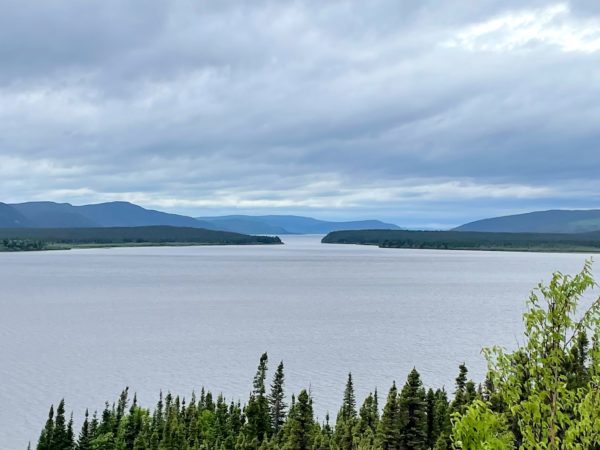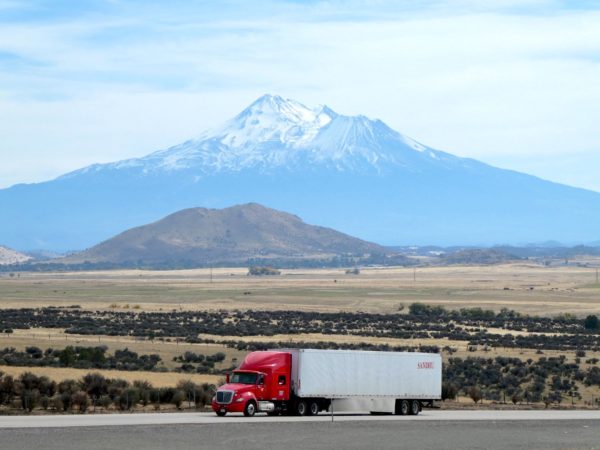
I think people are often drawn to beaches or to mountains. There’s no doubt that Doug and I are drawn to mountains. We’ve not vacationed in the islands (Newfoundland doesn’t count) or on beaches in our 40 years together. Of all the times we visited my parents in Melbourne, FL – their chosen retirement location – in the past 30 years, we’ve likely actually intentionally gone the 4 miles to the beach a handful of times. (Except for ice cream – my mom’s and my favorite ice cream shop is a block from the beach.) So let’s just say that the Florida Keys have not been near the top of our bucket list. Still…
Continue reading “The Florida Keys”








